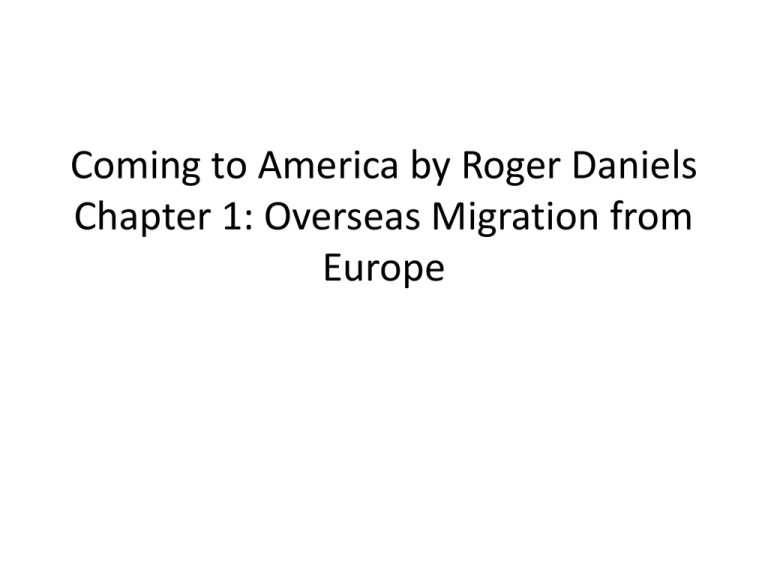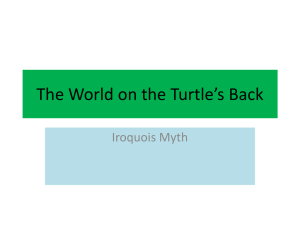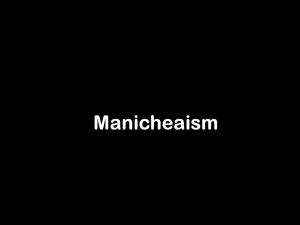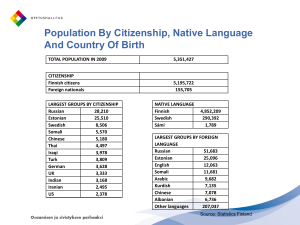Coming to America by Roger Daniels Chapter 1
advertisement

Coming to America by Roger Daniels Chapter 1: Overseas Migration from Europe Key Questions • How did worldwide events influence decisions to emigrate to America? • What was the predominant socio-economic group that came from Europe? • Did immigrant groups resist or embrace assimilation? Why? • Did most immigrants immigrate in family units like the Puritans of the Great Migration? • How many returned home? Why? Thesis • Thesis: Most of what we believe about immigration is a shrouded in myth. The three great myths are of (1) Plymouth Rock, (2) the Statue of Liberty, and (3) the Melting Pot. The Plymouth Rock Myth • The first myth is that most immigrants to America came for religious or political freedom as did the pilgrims to Plymouth Rock, when in fact that is not the case. And in fact, only half of the original pilgrims came for religious freedom, hence William Bradford’s reference to Pilgrims as a group of “saints and strangers.” Plymouth Rock Myth Debunked • Daniels points out that the vast majority of immigrants from the colonial period until today came for economic advancement: “Although they came for a wide variety of social and personal reasons, the rubric ‘economic betterment’ covers the vast majority of the cases.” Statue of Liberty Myth • Daniels also points out that most immigrants were not the poorest of the poor in Europe as Emma Lazarus suggests in her poem about the Statue of Liberty, “The New Colossus”: • Send me your tired, your poor huddled masses… the wretched refuse of your teeming shore…” Statue of Liberty Myth Debunked • On the contrary, most immigrants were “usually below the average attainments in…education, income, and the like”, but “drawn not [from] the lowest ranks of European society.” The Melting Pot Myth • The traditional myth is that European immigrants came to America, gave up the culture of their homeland and, as Crevecouer suggested as early as 1770, “melted into a new race of men that will one day cause great changes in the world…” The Melting Pot Myth Debunked • Daniels argues that in fact most immigrant groups did not “melt” their culture in the larger society, although that does not mean they did not try to assimilate economically or politically: “Not only have ethnic groups…persisted,…relatively little amalgamation has taken place.” The Positive Family Myth Two other interesting stereotypes that Daniels seems to take delight in smashing are: • that immigrants came to America in family units just like the early Puritans, and • that the immigrant story was generally a pretty positive one with few exceptions. Family Myth Debunked • For the first myth, Daniels basically asserts what he refers to as a “chain migration” starting usually with young male family members finding a place in America, and then sending for other family members. In this way, whole communities would flow from villages in Europe, transplanted into cities like Chicago. Positive Experience Myth • For the second myth, Daniels says pointedly that “for many the adventure became a disaster, the drama a tragedy, the dream a nightmare.” And goes on to point out a trend that most Americans never see in a history book: the return of millions of immigrants to their native homeland in “remigration:” Germans, for example, had 13.7% rate or remigration home. The Significance • I believe Daniels’ observations are significant because his myth-busting gives us a more realistic picture of the immigrant experience and helps debunk some of the ongoing, perennial comparisons between the old European immigrants (to whom most Americans claim ancestry) and any new immigrants.







